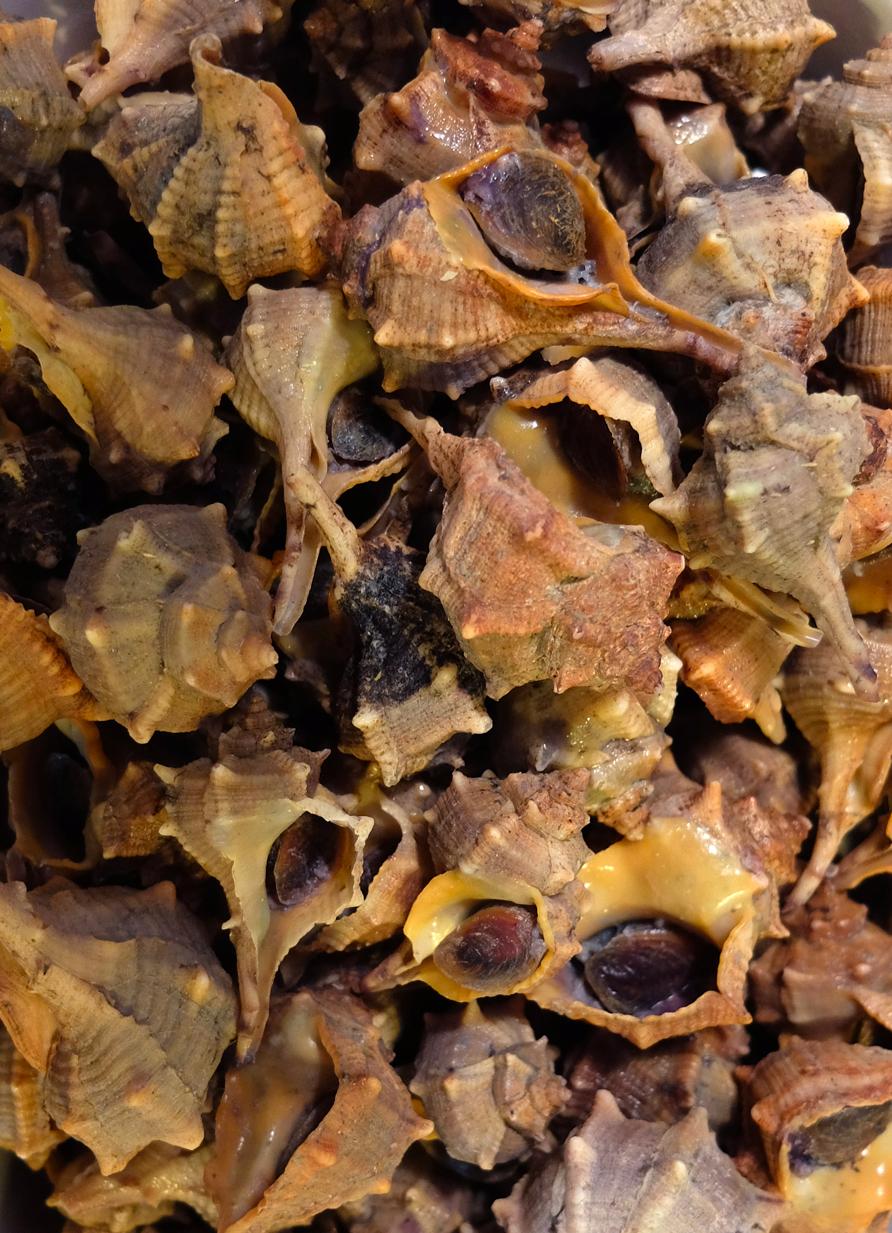
Weld’s superiority over other yellow dyes is for its fastness-its ability to stay bright and vibrant over time. Breaking Spain’s monopoly was considered a key factor in the sinking of the Spanish Armada in 1588. By 1585, a tense trade dispute between England and Spain erupted into a decades-long trade war, and logwood was one of the commodities at its centre. England had a flourishing woad industry and logwood was a threat. In 1581, Queen Elizabeth I banned logwood importing and dyeing, blaming its poor lightfastness, but protectionist trade policy was the more likely motivation for the ban. During the reign of Henry VIII one shipload of logwood was worth a year’s trade in any other cargo. At first Spain had a monopoly on the trade, and the limited supply meant logwood became so valuable that it was subject to rampant piracy-primarily by the English. Logwood quickly gained popularity in Europe. Aztecs and Mayans treated various ailments with logwood, including anaemia, dysentery, diarrhoea, tuberculosis, and menstrual cramps. Indigenous civilisations used logwood for several millennia as a dye and as medicine before the Spanish conquistador Hernán Cortés and his cronies showed up. The wood is both hard and heavy, and while the outer wood is pale, logwood’s inner core is stained dark reddish-brown, hinting at its potential as a dye. Its trunk is narrow and crooked, and it has clusters of frothy, yellow blossoms. Logwood, used to make black dye, thrives in the watery landscape of mangroves and marshes along the coast of Mexico and South America. One archaeologist travelled to the Aegean Sea to try Pliny’s recipe for herself, and was disappointed by the drab grey-violets (and odious smell) that the dye pot produced.Ī logwood specimen Courtesy of the United States National Herbarium Blackbeard ahoy: logwood Despite this, however, neither he nor other ancient writers seem to have written accurate instructions for producing the dye. By the first century AD there was such a thirst for purple that the author and naval commander Pliny the Elder, whose recipe for making Tyrolian purple survives, dubbed the craze for the colour purpurae insania-purple mania. The earliest evidence of its use is from about 4,000 years ago in Qatar.

Tracking murex purple’s real-world origins has proven challenging. He set about scavenging for the sea snails, and from these created the most vibrant dye the world had ever seen. Melqart thought the colour was so beautiful that he wanted to make a tunic of the same hue for his lover, the nymph Tyros.

Melqart called to his dog, and it ran towards him, displaying a newly purple-stained nose. The dog ran ahead, snuffling shells along the shore. One day the Phoenician god Melqart was strolling along a beach with his dog. The origin story of murex purple dyeing has become the stuff of myth. The Bayer alizarin factory in 1961 Courtesy of Bayer AG, Bayer Archives Leverkusen Pliny’s putrid purple: murex


 0 kommentar(er)
0 kommentar(er)
